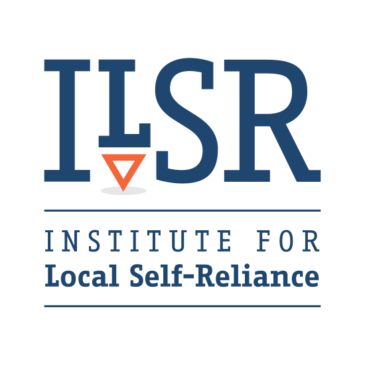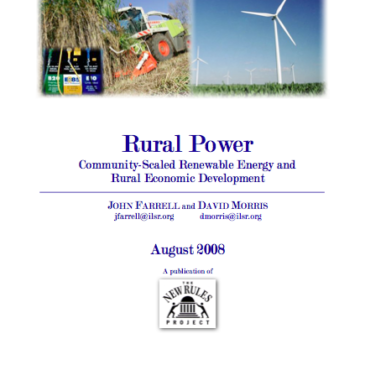The Packers and Stockyards Act passed in 1921 to maintain competition in the livestock industry.
TheAct contains provisions banning price discrimination, the manipulation of prices, weight manipulation of livestock or carcasses, manipulation of carcass grades, commercial bribery, and misrepresentation of source, condition, or quality of livestock, in addition to other unfair and deceptive practices. The importance of the law has increased as concentration in the livestock industry continues to grow dramatically.
… Read More





